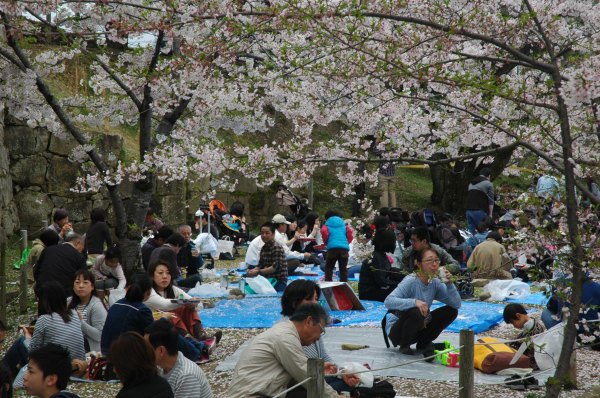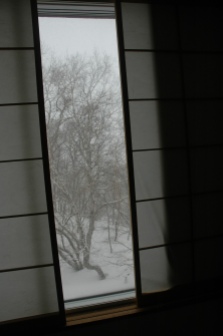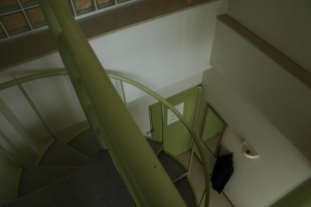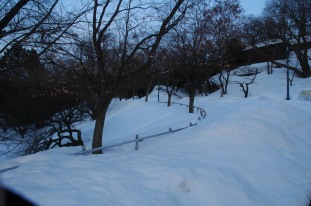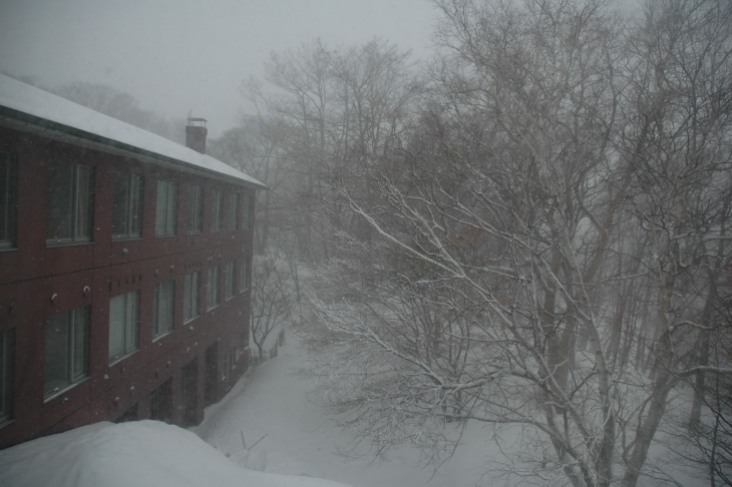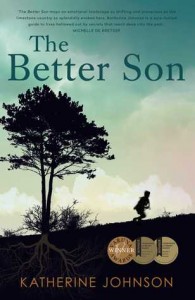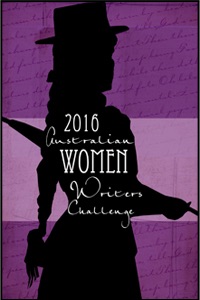Last week Gail Jones was announced the winner of the Colin Roderick Award (for which my novella was also shortlisted) for A Guide to Berlin. I recently read A Guide to Berlin as part of the Australian Women Writers challenge. I very much enjoyed spending time with the protagonist in Berlin as she immersed herself in a group of expats who meet up to discuss their shared interest in the words of Nabokov. Congratulations to Ms Jones and to her publishers.
I thought this might be a good opportunity to report on the part of my committment to the Australian Women Writers challenge that involves reading a certain number of books by Australian women (in addition to reviewing a smaller number of these books) and to see if I can complete one of the AWW2016 Bingo challenges so here is a list of the books by Australian women I have read so far this year marked with the categories they fit:
Gail Jones, A Guide to Berlin (Bestseller)
Toni Jordan, Our Tiny, Useless Hearts (A funny book)
Rose Mulready, The Bonobo’s Dream (Published this year)
Aoife Clifford, All These Perfect Strangers (Contains a mystery)
Rochelle Siemienowicz, Fallen (A book I heard about online)
Lucy Treloar, Salt Creek (Set in the outback)
Rebecca Jessen, Gap (Written by someone under 30)
(Not reviewed because I teach this text and prefer not to have my views on it available to find online)
Charlotte Wood, The Submerged Cathedral (Published more than 10 years ago)
Myfanwy Jones, Leap (set in my favourite city – Melbourne!)
Ellen van Neervan, Heat and Light (Short Stories)
(Not reviewed because I teach this text and prefer not to have my views on it available to find online)
Lisa Bellear, Dreaming in Urban Areas (Indigenous author)
(Not reviewed because I teach this text and prefer not to have my views on it available to find online)
As well as stories by Maxine Beneba Clarke, Olga Masters, Elizabeth Jolley, Charlotte Wood, Jennifer Down and Barbara Baynton.
Currently reading: Emma Viskic, Ressurection Bay
By my count I’ve covered the AWW2016 Bingo Card One
I am now packing up a box to send to a friend overseas who finds it hard to find Australian books. The box contains several of the above, and of course a number of offerings from male writers as well as a selection of recent literary magazines. For me it’s been a year of discovering the diversity and richness of our literary landscape, and especially the richness of the books and stories by Aussie women and I look forward to the treasures still languishing in my TBR (to be read) pile.
